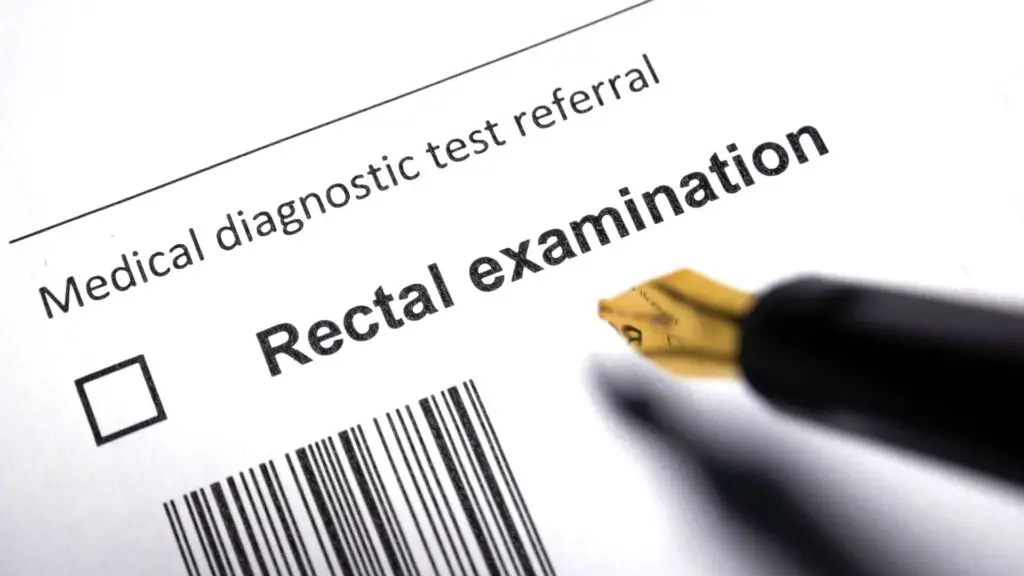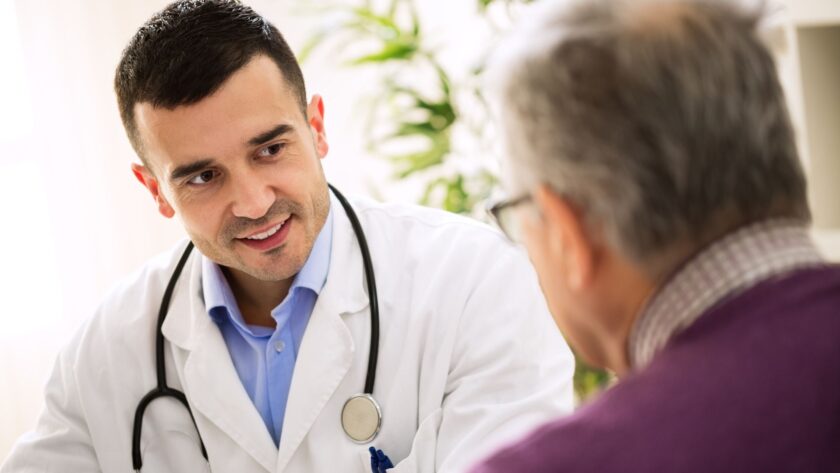Hemorrhoids versus rectal prolapse, which are the differences? Is there a correlation? Let’s see how to evaluate these two situations to deal with them promptly.
Prolapse : what is it and what is it due to?
Rectal prolapse is a condition in which the rectum (i.e. the terminal part of the large intestine) tends to slide down and protrude out of the anus .
Three conditions can occur:
- Complete prolapse : when the rectum completely protrudes from the anus, even for several centimeters.
- Internal prolapse : when the rectum turns into itself or into the anal canal.
- Mucous prolapse : when only the rectal mucosa tends to descend into the anal canal or out of the anus.

Rectal prolapse is attributable to various factors:
- Constipation and excessive effort to evacuate , especially in elderly people;
- Childbirth (rectal prolapse is a late consequence);
- Stretching and sagging of particular ligaments that support the rectum in the pelvis, with repercussions on the anal sphincters.
- Pelvic floor dysfunction , with urinary incontinence and prolapse of other pelvic organs, such as the uterus and bladder.
- Neurological injury (e.g. spinal cord injury) or genetic predisposition – these are rare conditions.

Are rectal prolapse and hemorrhoids the same thing? How to act
The haemorrhoidal prolapse and that of the rectal mucosa are two different pathologies. Some symptoms are common, such as rectal bleeding and / or protrusion of hemorrhoids outside the anus.
By correcting constipation and excessive strain during bowel movements, the progression of rectal prolapse can be slowed. There are different surgical techniques in relation to the type of prolapse . The doctor will decide the most appropriate based on the symptoms related to the problem.
Even in the presence of haemorrhoidal disease , mucosal prolapse can occur . Its treatment can benefit from the correction of the patient’s eating and behavioral habits. Depending on the severity of the haemorrhoidal prolapse, the doctor will recommend the use of pharmacological products and possibly interventional therapies.
In the diet you will have to increase the intake of fiber and liquids . It will then be advisable to carry out moderate physical activity . The aim will be to soften the consistency of the stool to facilitate its expulsion. Sitz baths with warm water will promote sphincter relaxation.
A rectal cream can help reduce local inflammation and hemorrhoidal congestion. It may be useful to use a product that exerts a triple action with cortisone: anti-inflammatory and anti-itch (to reduce irritation, swelling and itching), local anesthetic (to relieve pain and itching) and anticoagulant (to prevent blood clots).
For a drug-free approach, a gel for external hemorrhoids for local use could be useful , which creates a lubricating and protective film favoring the physiological tissue repair processes thanks to the triple soothing, emollient and regenerating action.of the anal mucosa.






